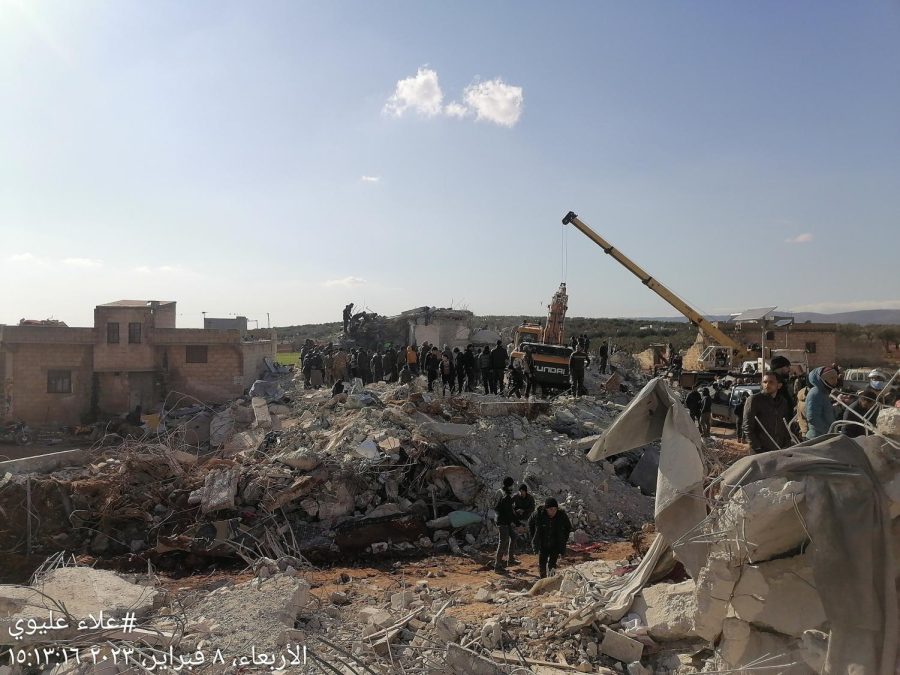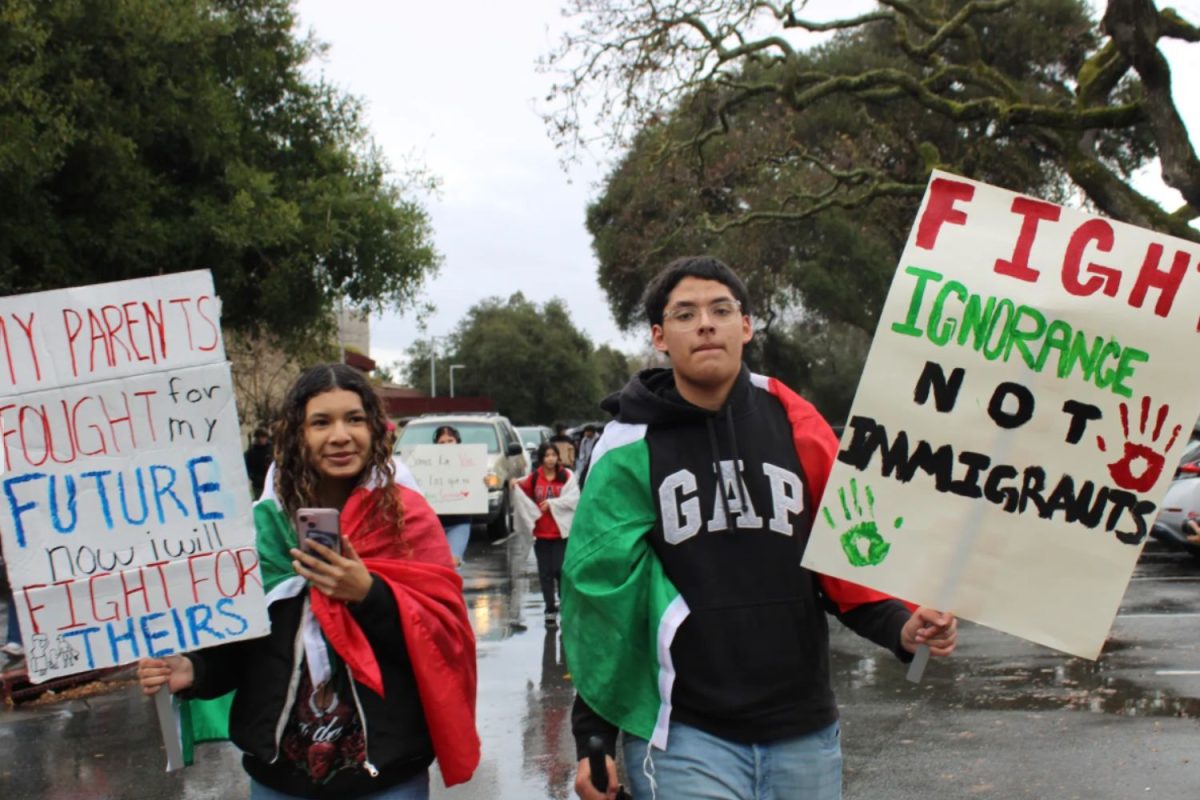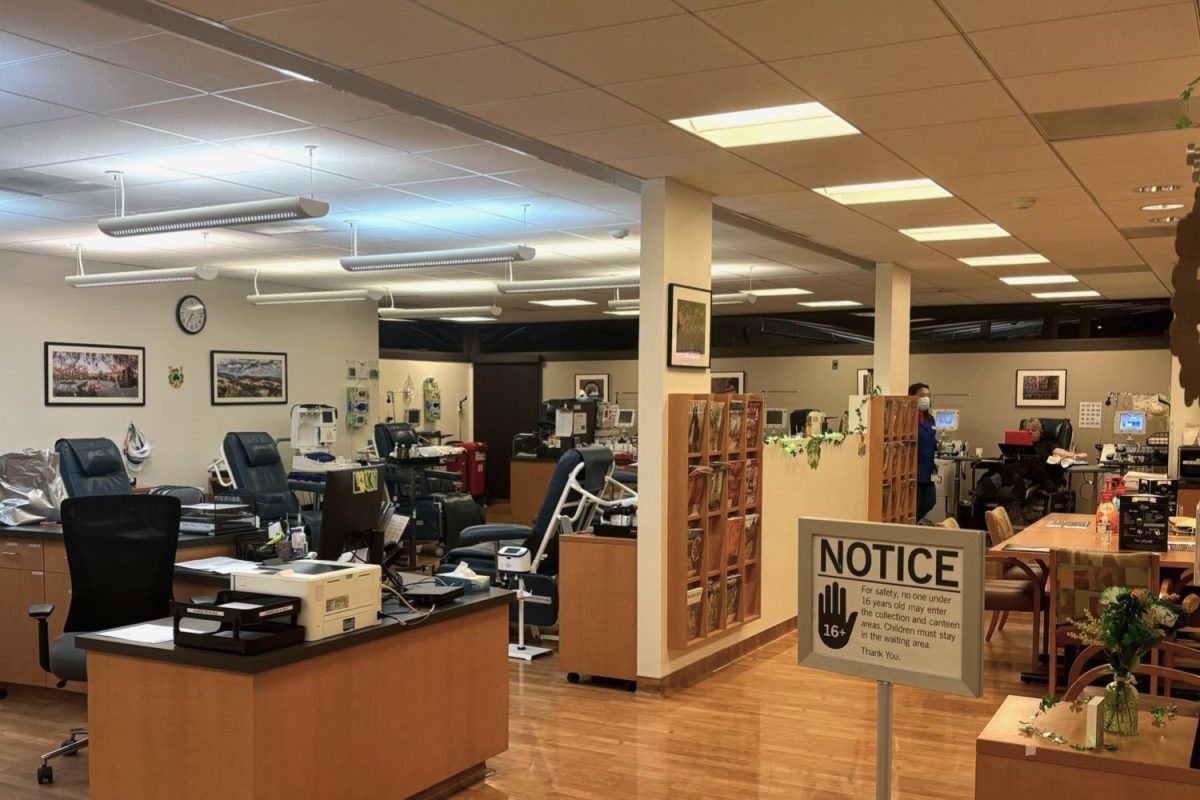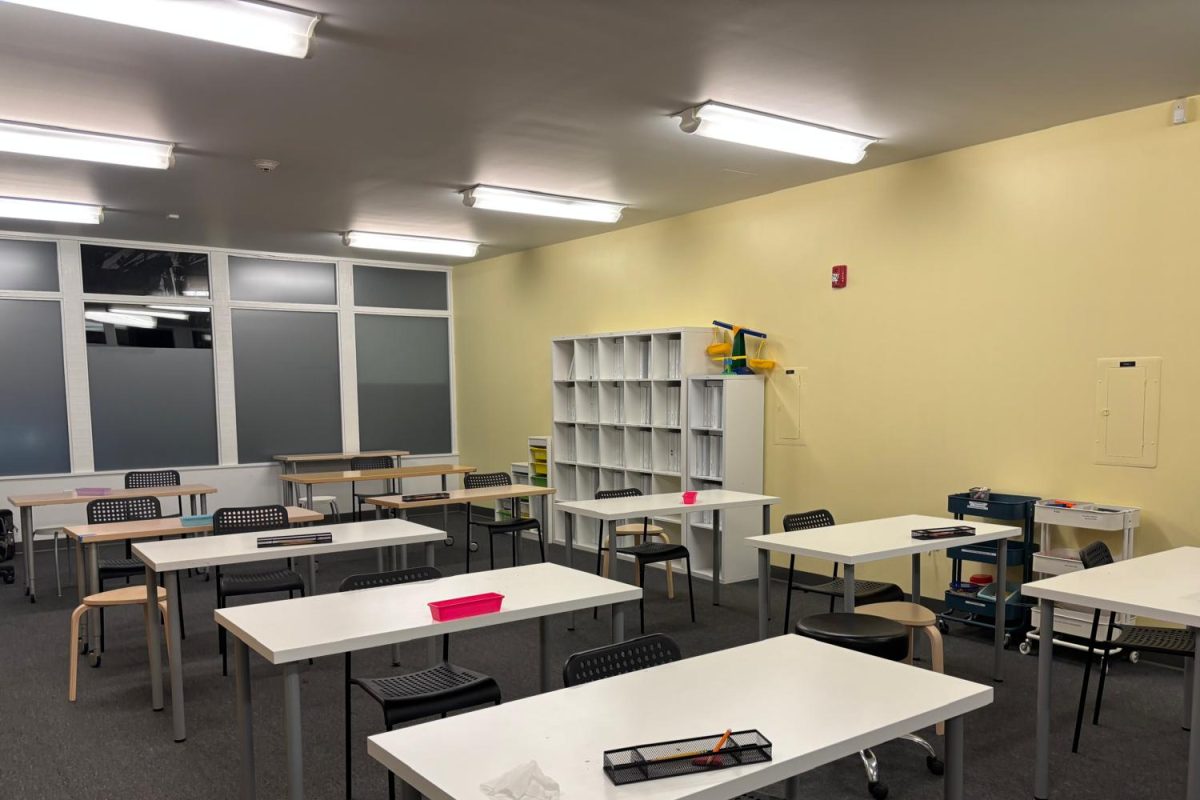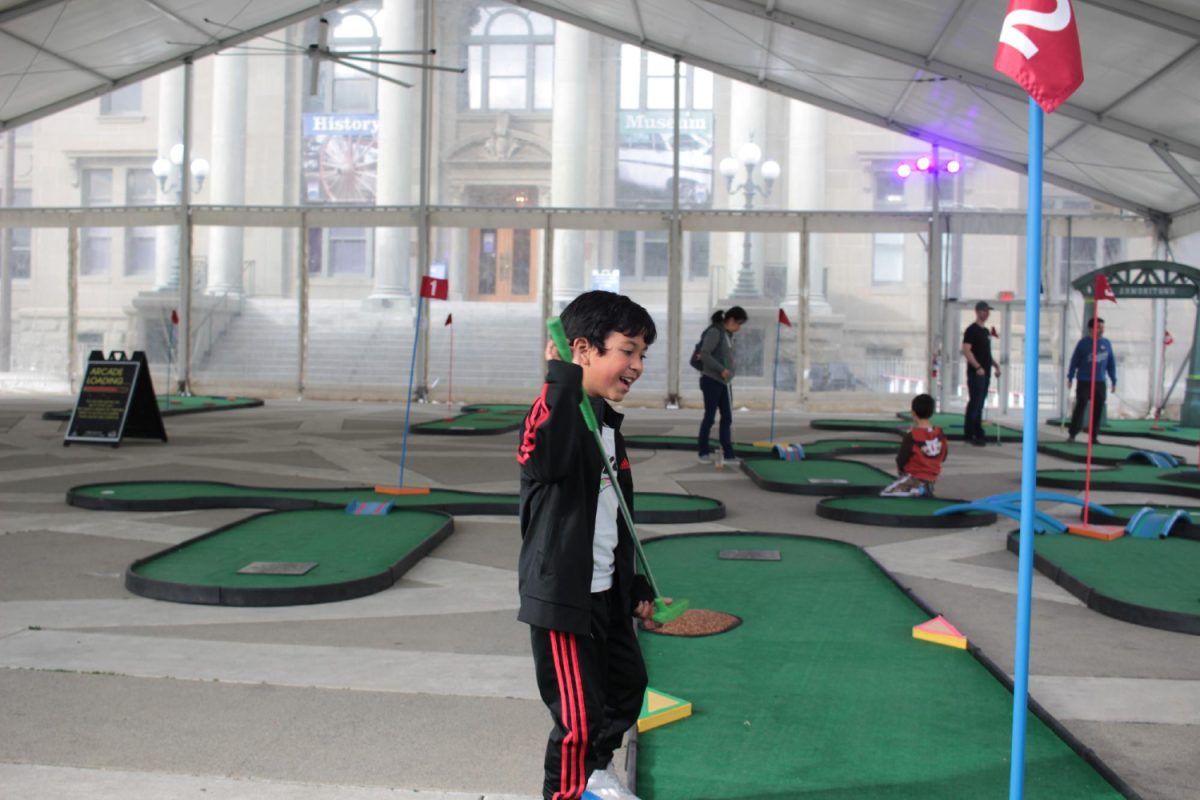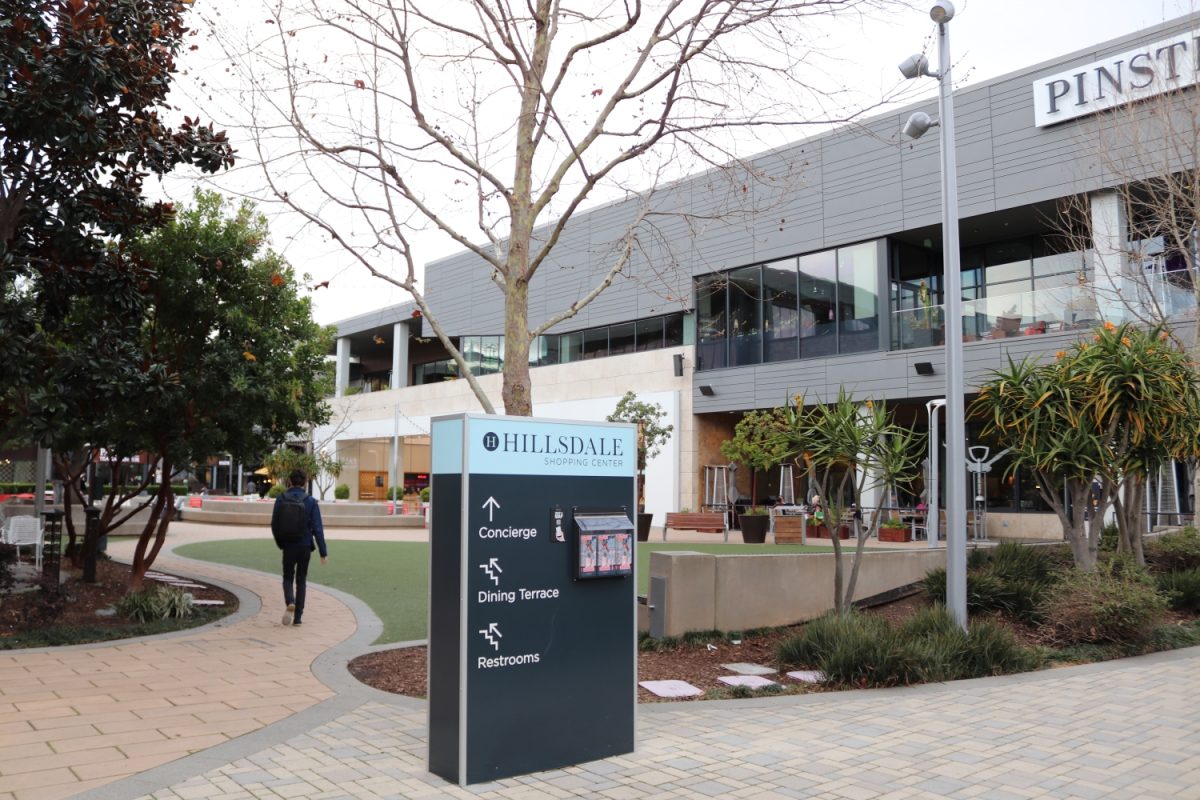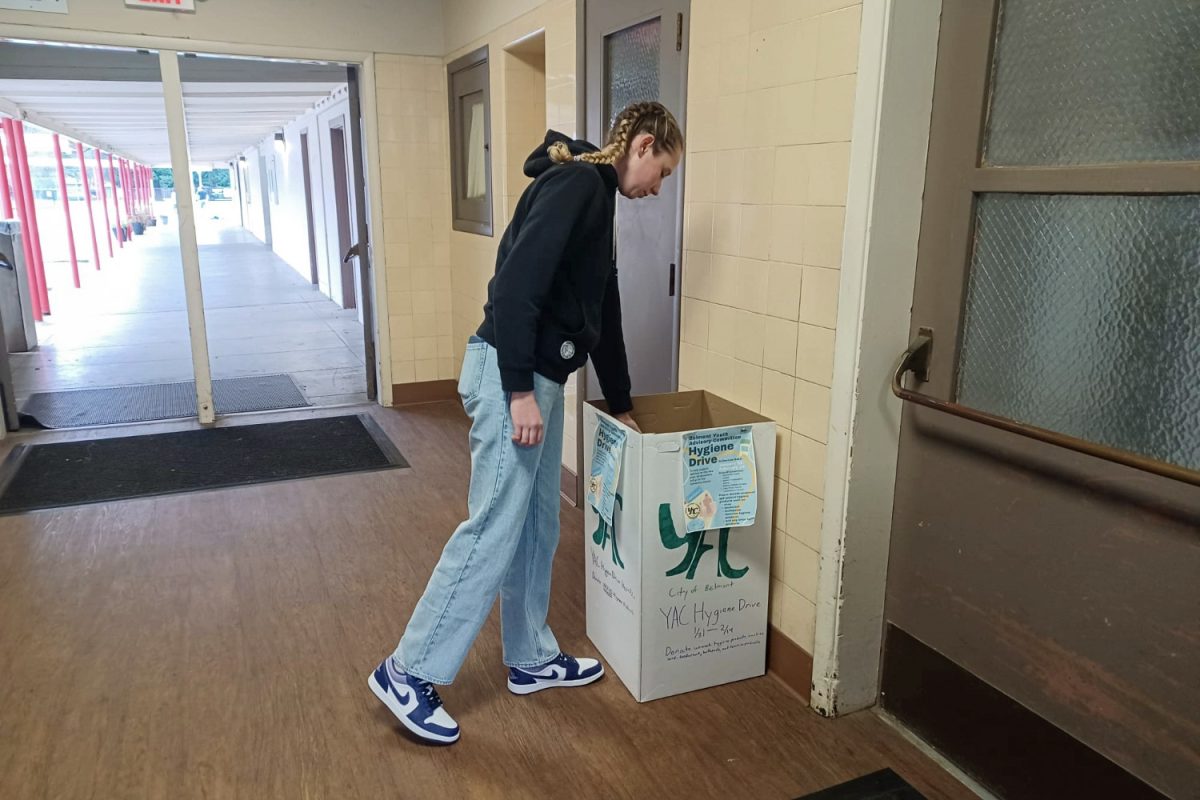As the death count continues to climb due to the earthquakes in Syria and Turkey, topping 40,000, Bay Area residents begin to refocus on the importance of earthquake preparedness in such an earthquake-prone zone. For survivors of San Francisco’s Loma Prieta earthquake in 1989, tragedies like these remind them of their encounters with deadly earthquakes.
“It’s already scary to hear about it. I can’t imagine actually living through something like that,” Carlmont freshman Skylin Lui said.
Christina Morrison, a Tierra Linda Middle School science teacher, described her experience during the Loma Prieta earthquake as a little girl.
“I was eight years old, and I was on a soccer field. All of a sudden, the field started moving in rolling hills — it looked like waves. I remember this one younger girl screaming like crazy, and then I remember the coaches telling us all to sit on the ground,” Morrison said.
As a child, the earthquake uprooted Morrison’s life, especially her family’s living situation.
“Because our house was unsafe to enter, we had nowhere to live. Luckily, my parents had a friend in Menlo Park who had a house there that we could move into while our house was being rebuilt. In an instant, our life changed from what I knew growing up,” Morrison said.
As more news continues to emerge from Turkey and Syria, Morrison reflected on how her experience was shaped by the resources that her family was able to access.
“Living in the United States, we had all these resources like FEMA and Red Cross, and so we were able to get help through them. But in other countries, they don’t have things like that in place,” Morrison said. “Whether it’s food, shelter, or clothing, I always think about how they’ll get what they need and if I could do anything to help.”
Being a teacher, Morrison’s understanding of the genuine dangers of earthquakes has impacted how she runs her classroom during earthquake drills.
“During drills, I tend to be more strict in ensuring that my students take it seriously. I wouldn’t say I’m harsh, but I’m adamant that students follow all directions during drills,” Morrison said. “If something happens, I want them to be prepared.”
According to Linda Hand, a Professor of Geology at the College of San Mateo, Bay Area residents are not as prepared for an earthquake as they should be.
“We haven’t had a big earthquake on our segment of the San Andreas fault since 1906. I think that because it was so long ago, people are not prepared for another one because they didn’t actually experience that. I don’t think that even the ones who experienced the Loma Prieta earthquake in 1989 have prepared very well,” Hand said.
However, newer technology has made disaster relief much more manageable and effective than during Loma Prieta.
“When Loma Prieta took place, emergency services couldn’t even communicate with each other. Now, I believe, they have their own little radio systems, so that isn’t as much of an issue,” Hand said.
As well as emergency services, everyday people can better protect themselves through warning apps that anybody can download.
“I know that you can also get early warning alerts on your phone now; depending on how far you are from the epicenter, that may or may not give you a lot of time. But little things, like stopping a train before the bigger waves hit, not starting surgery, or knowing not to get into the elevator. Simple things like that could make such a difference in someone’s life,” Hand said.
Along with technology, housing and safety standards have also significantly improved since the Loma Prieta earthquake.
“The seismic safety standards have gone up a lot, which I think most people don’t realize. I bought my house around 24 years ago, and I’ve done a seismic upgrade since then because standards have changed,” Hand said. “I’m also glad that more people are increasingly aware of the smaller, common things: securing tall furniture, making sure your water heater is strapped and your home is bolted to its foundation, having food and water for three days as well as toiletries and pet supplies, things like that.”
Despite most people knowing about safety measures like these, Hand found that only a few people are actually as prepared as they feel they should be.
“When I ask my students, most of them have done very little preparation, even though they are well aware that they live in an earthquake zone,” Hand said.
Even though California has had its fair share of earthquakes in the past, Hand doubts that Americans will ever take preparations seriously.
“Somebody told me once that they don’t think Americans will really prepare until we’ve had earthquakes that kill thousands of people like the ones we see in Turkey and Syria. I hope that’s not true, but it might be,” Hand said.

